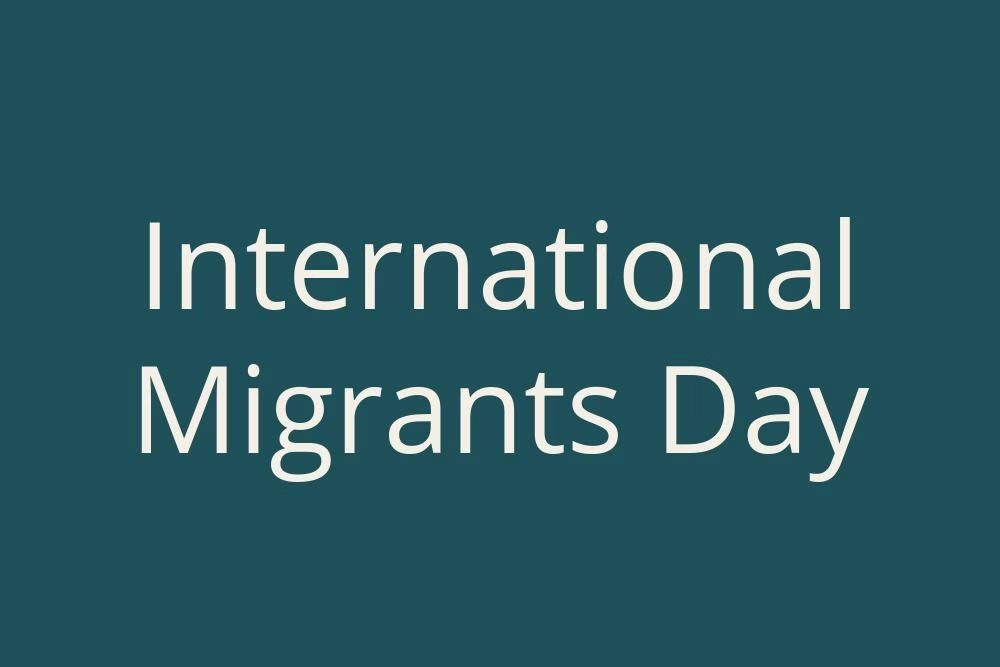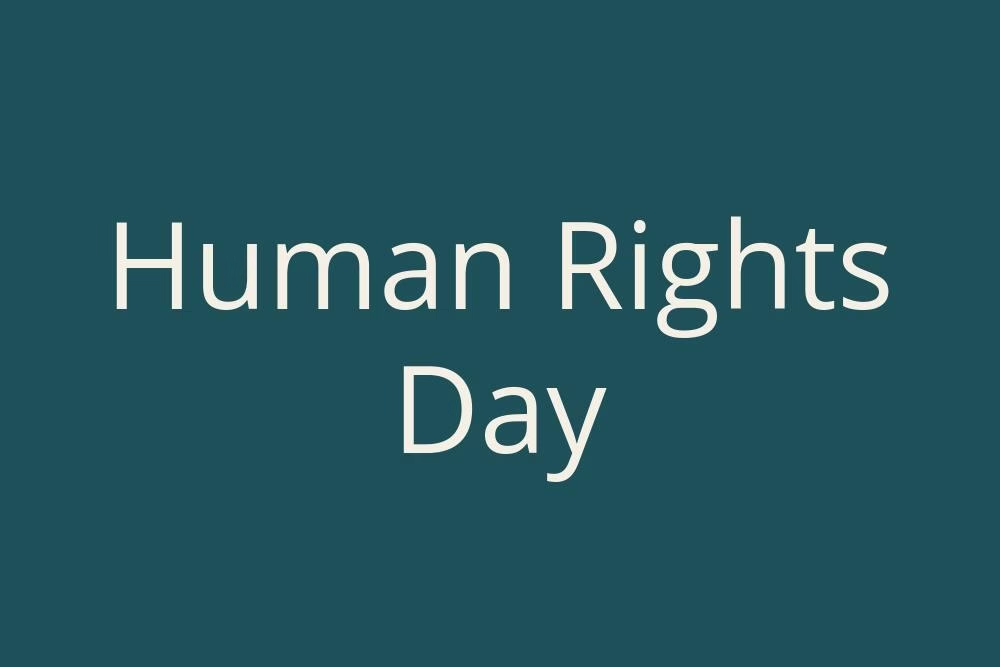Days Countdown
Weeks Countdown
Months Countdown
How Many Days Until International Day To End Obstetric Fistula? (2030-2050)
| Date | Day | Days Left |
|---|---|---|
| 2030 (May 23) | Thursday | 1627 days |
| 2035 (May 23) | Wednesday | 3453 days |
| 2040 (May 23) | Wednesday | 5280 days |
| 2045 (May 23) | Tuesday | 7106 days |
| 2050 (May 23) | Monday | 8932 days |
Understanding Obstetric Fistula
Obstetric fistula is a devastating condition that affects women in many developing countries, resulting from prolonged and obstructed labor without accessible and timely medical intervention. This condition not only has physical implications but also deeply impacts the psychological and social aspects of a woman’s life and her community.
What Is Obstetric Fistula?
Essentially, an obstetric fistula is a hole between the birth canal and the bladder or rectum, which is usually caused by prolonged labor, leading to severe tissue damage. This condition results in continuous urinary or fecal incontinence, which can lead to significant distress, isolation, and a lack of acceptance within communities.
Historical Context
The issue of obstetric fistula has been documented for centuries, with records dating back to ancient civilizations. It wasn’t until the mid-20th century that global attention began to focus on this health crisis. Public health efforts in various countries, particularly in Africa and Asia, have increasingly evaluated and addressed the condition, emphasizing the need for improvements in maternal health care.
Global Impact of Obstetric Fistula
According to estimates from the World Health Organization, millions of women worldwide are living with obstetric fistula. Prevalence is particularly high in countries with limited access to competent maternal health services. The impact extends beyond the individual, affecting families and entire communities.
Table: Comparison of Fistula Prevalence and Access to Healthcare
| Country | Estimated Fistula Cases | Access to Skilled Birth Attendance (%) | National Health Expenditure per Capita (USD) |
|---|---|---|---|
| Democratic Republic of the Congo | 400,000 | 62 | 31 |
| Ethiopia | 80,000 | 50 | 40 |
| Bangladesh | 60,000 | 36 | 28 |
| Nigeria | 200,000 | 38 | 60 |
| Somalia | 40,000 | 25 | 27 |
International Day to End Obstetric Fistula
Recognized on May 23rd each year, the International Day to End Obstetric Fistula serves as a global rallying point to raise awareness around this preventable condition and empower women who are affected. Established in 2013 by the United Nations, this day focuses on the right of every woman to access quality maternal health services. It calls for action from governments, NGOs, and the international community to support initiatives aimed at prevention and treatment.
Goals of the Observance
- Increasing Awareness: Educating communities about the risk factors and prevention strategies for obstetric fistula.
- Promoting Access: Advocating for increased access to maternal healthcare, including skilled birth attendants and emergency obstetric services.
- Investment in Health Systems: Encouraging governments to invest in health systems and infrastructure to ensure comprehensive maternal care.
Global Initiatives and Support Networks
Various organizations, including UNFPA and EngenderHealth, work tirelessly on the ground and through international partnerships to address the issues surrounding obstetric fistula. These organizations provide surgical repair services, training for healthcare providers, and community education programs aimed at prevention.
Community Mobilization Strategies
Local and international strategies are crucial in mobilizing communities, advocating for women’s rights, and dispelling stigmas associated with fistula. Initiatives that incorporate community health volunteers, mobilizing peer supporters, and engaging religious leaders have been effective in challenging cultural perceptions and promoting healthy practices.
Future Directions
Looking ahead to 2050, there is a critical need for sustained efforts to eliminate obstetric fistula worldwide. This includes enhancing educational programs, ensuring governmental accountability, and increasing funding for maternal health initiatives. Advocating for policies that treat women’s health as a priority will contribute significantly towards ending obstetric fistula.
Engaging communities to support prevention strategies and treatment options will ultimately aid in not only reducing prevalence but also empowering women to reclaim their lives and dignity.


